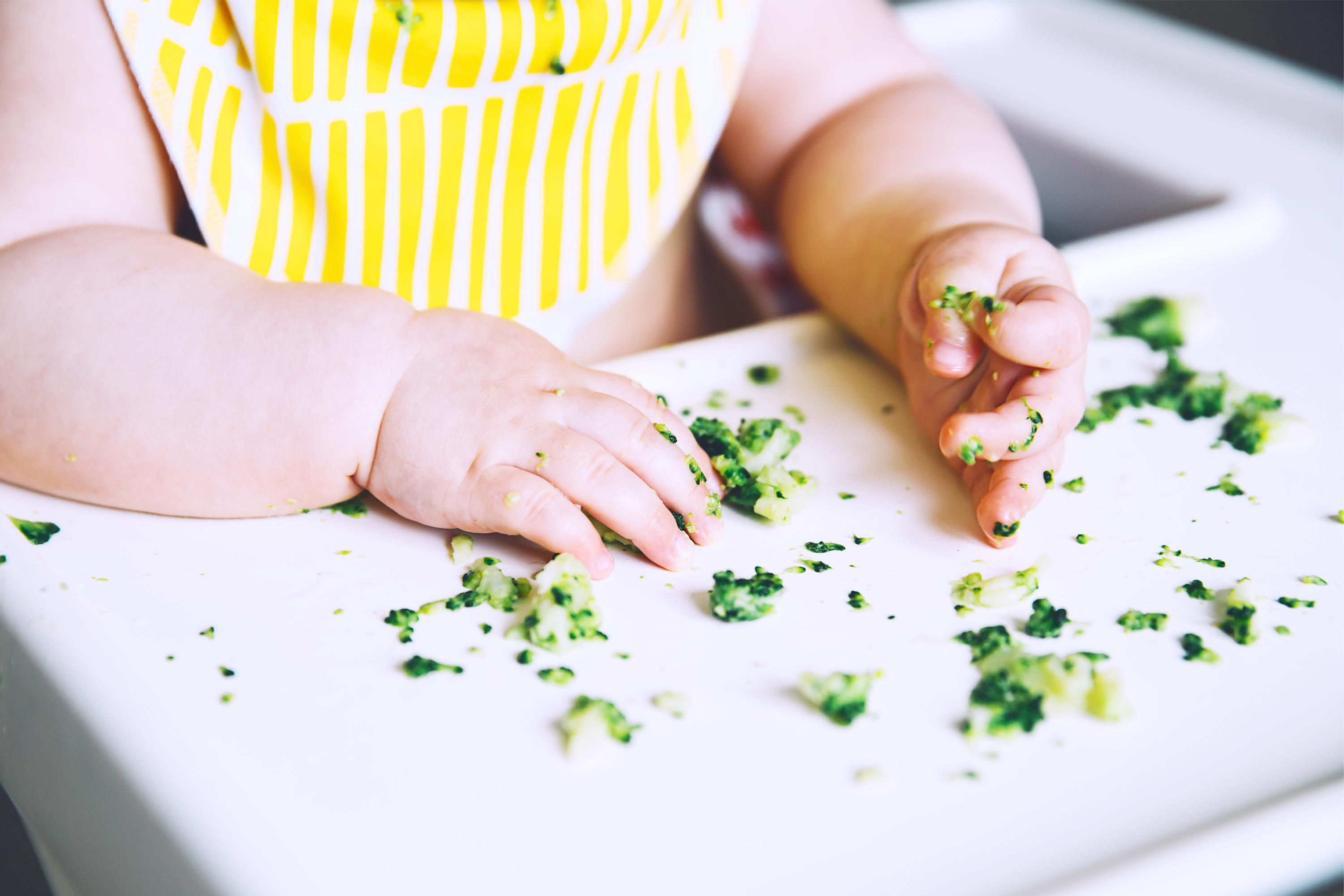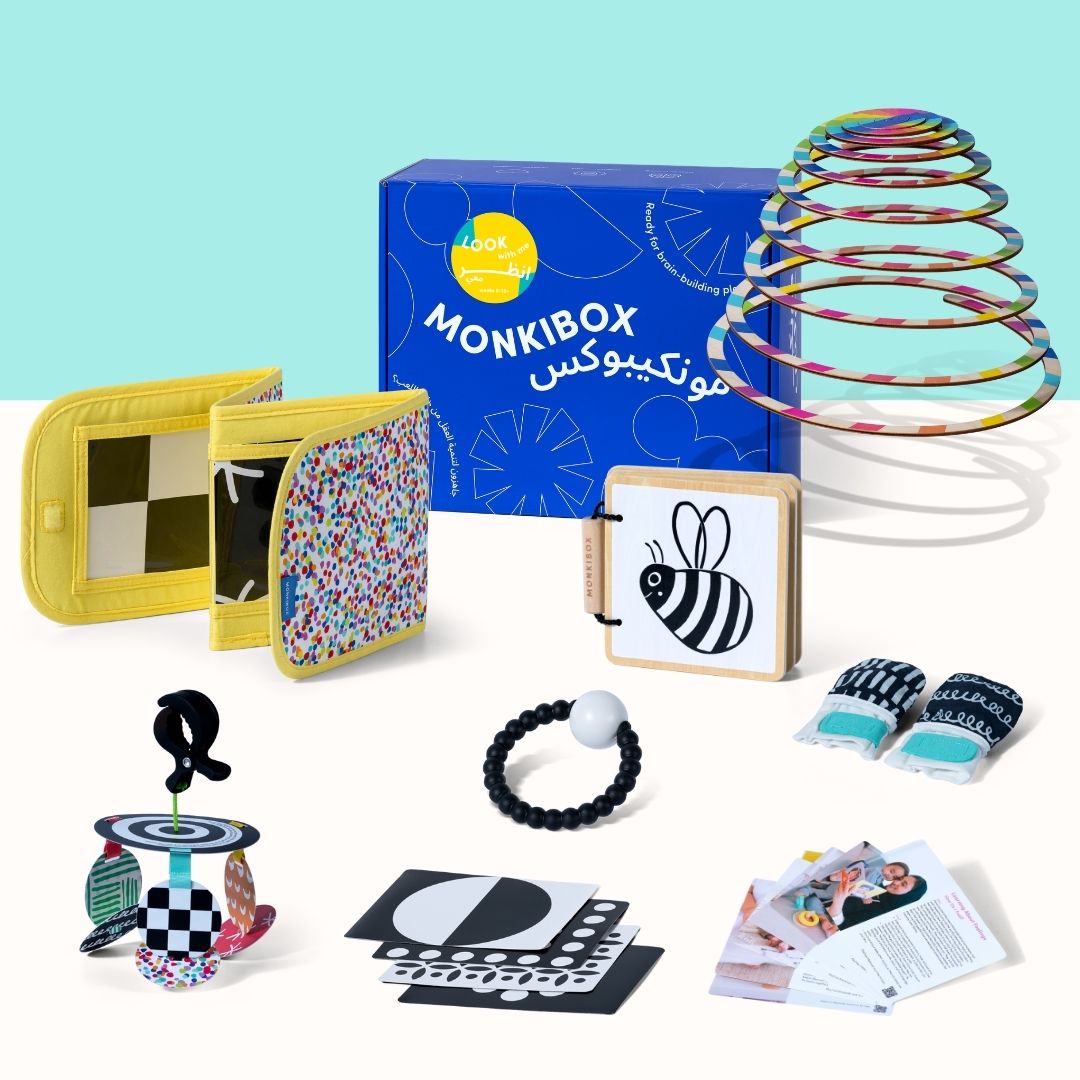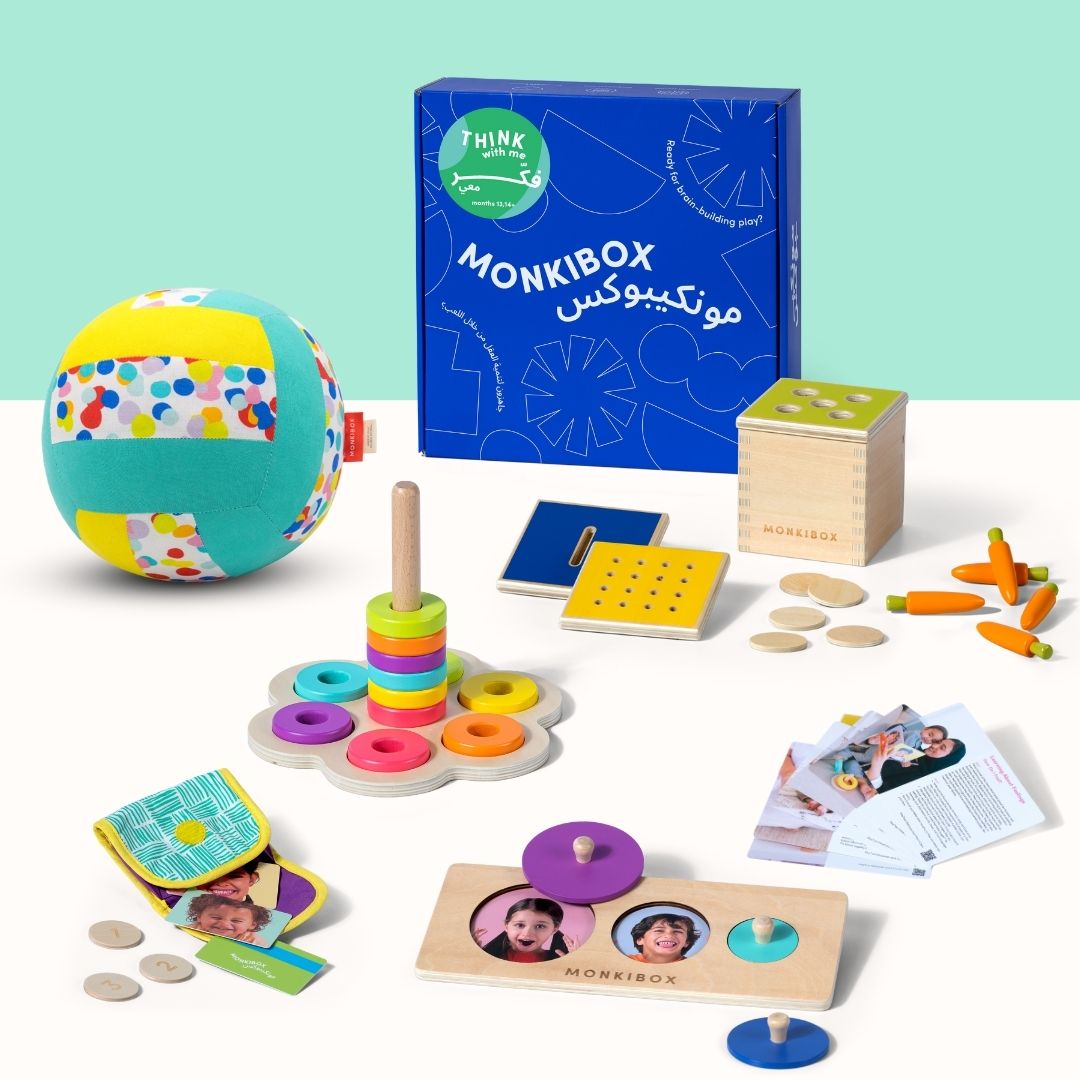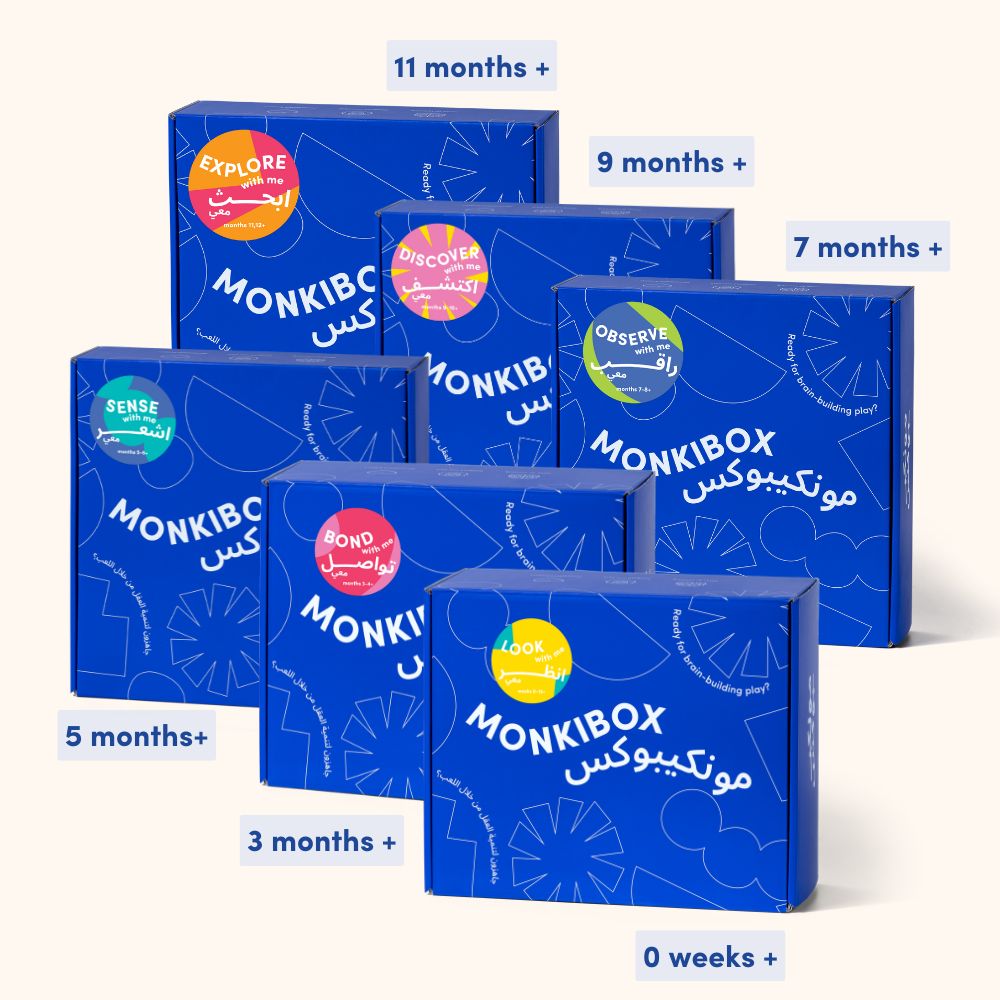Starting on solid food is more than a bite-sized milestone for you and your baby. Your baby won’t be enjoying full meals for quite some time still, but allowing your baby to taste, chew and swallow a few baby-safe food options is excellent for their oral and sensory development.
One thing to be sure of is your baby’s readiness.
Here are some signs that your baby is physically ready to start his grown-up food journey:
✔️ Your baby should have good head and neck control.
✔️ Your baby needs only minimal support to sit independently and can stay upright for a couple of minutes.
✔️ Your baby shows interest in your food by looking at your plate, your mouth or leaning forward in his high chair.
✔️ Your baby can easily grab an object and bring it to their mouth - this is especially important if you choose to try baby-led weaning.
✔️ Your baby opens their mouth when you offer them food on a spoon.
Most babies will show all or some of these signs around six months, but they can happen at different times for different babies. It’s not recommended to introduce solids before four months or wait too late (unless your baby shows signs of hesitancy).
So how do you choose your baby’s first food?
*** We highly advise you read more about the food size and shape to serve your baby to reduce the risk of choking. Here is an excellent resource to get you started. ***
You’d want to start with some smooth, pureed options before gradually introducing different textures. Most babies enjoy experimenting with self-feeding, so offer finger foods with every meal. Avoid hard, raw foods, such as carrots and apples, but rather make sure fruits and veggies are soft enough to squeeze between your thumb and forefinger.
You can mix infant cereal with breast milk or formula to help your baby with a familiar taste and give them the added benefit of getting the nutrients they need.
Cooked and pureed vegetables are a good source of fibre and offer a variety of tastes. It’s also easy to prepare as part of your family’s meals; don’t add any sugar or salt to their portion.
Pair mashed banana or avocado with solid pieces of banana and avocado. By combining the two options, you can help your baby self-feed if they’re interested.
Until the age of one, your baby will still get most of their nutrients from formula or breastmilk, so don’t worry about how much they eat. It’s more important to get them used to new tastes and textures and learn how to move solid food around their mouths and swallow it.
Start the development journey with MonkiBox. Montessori-inspired toys designed to give your child the best start.





